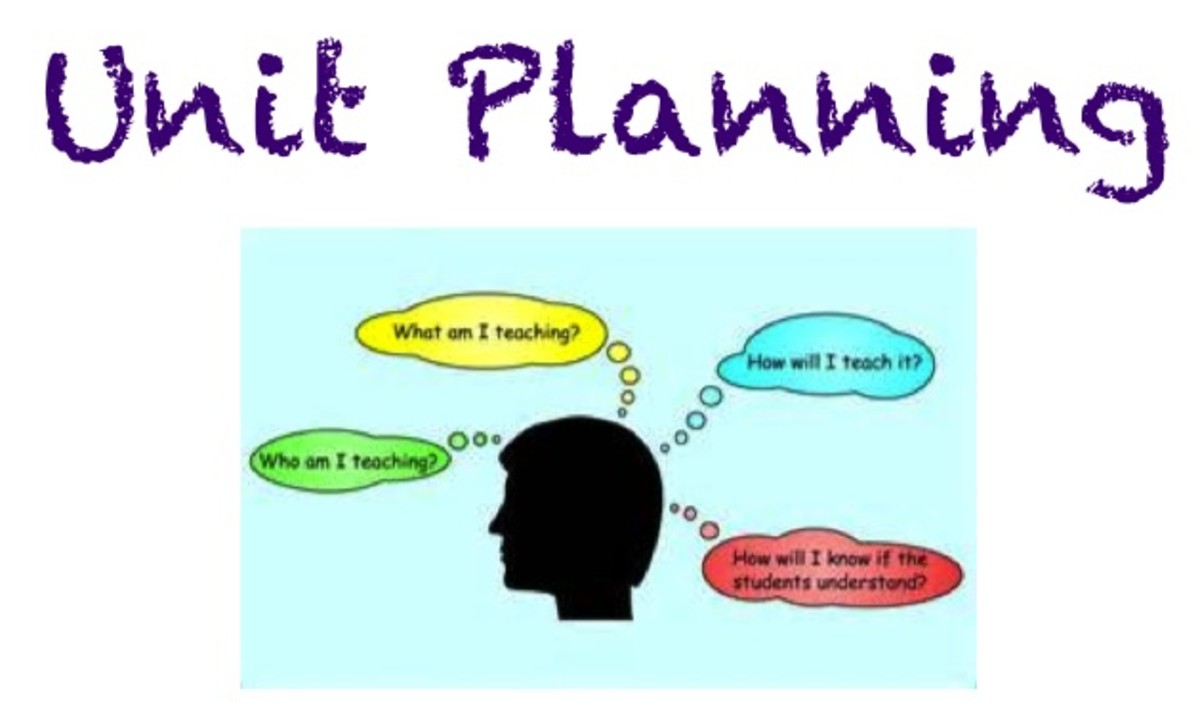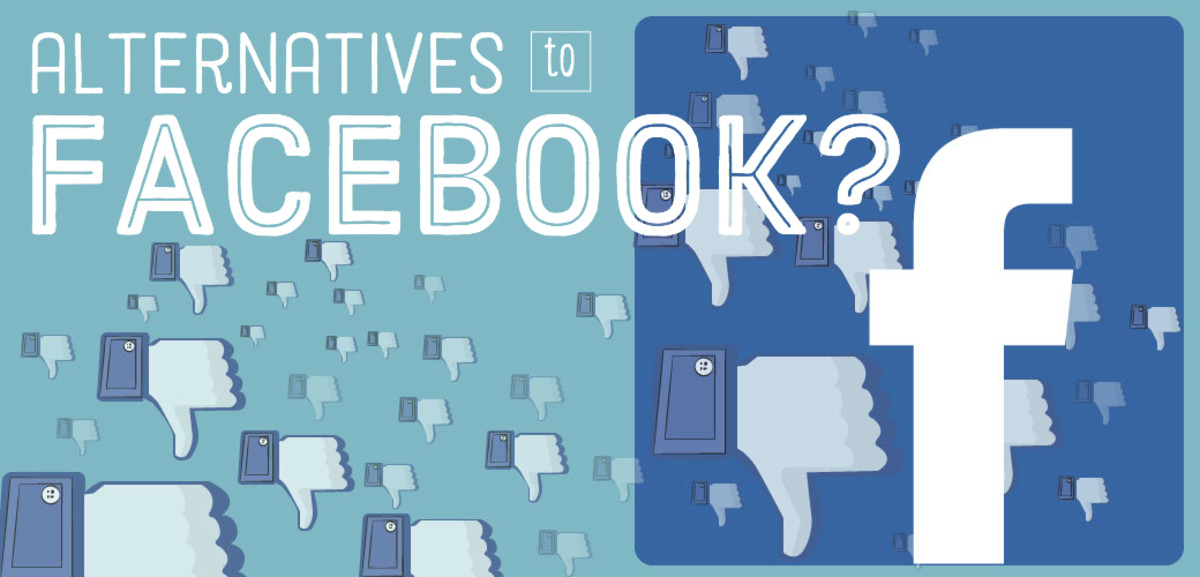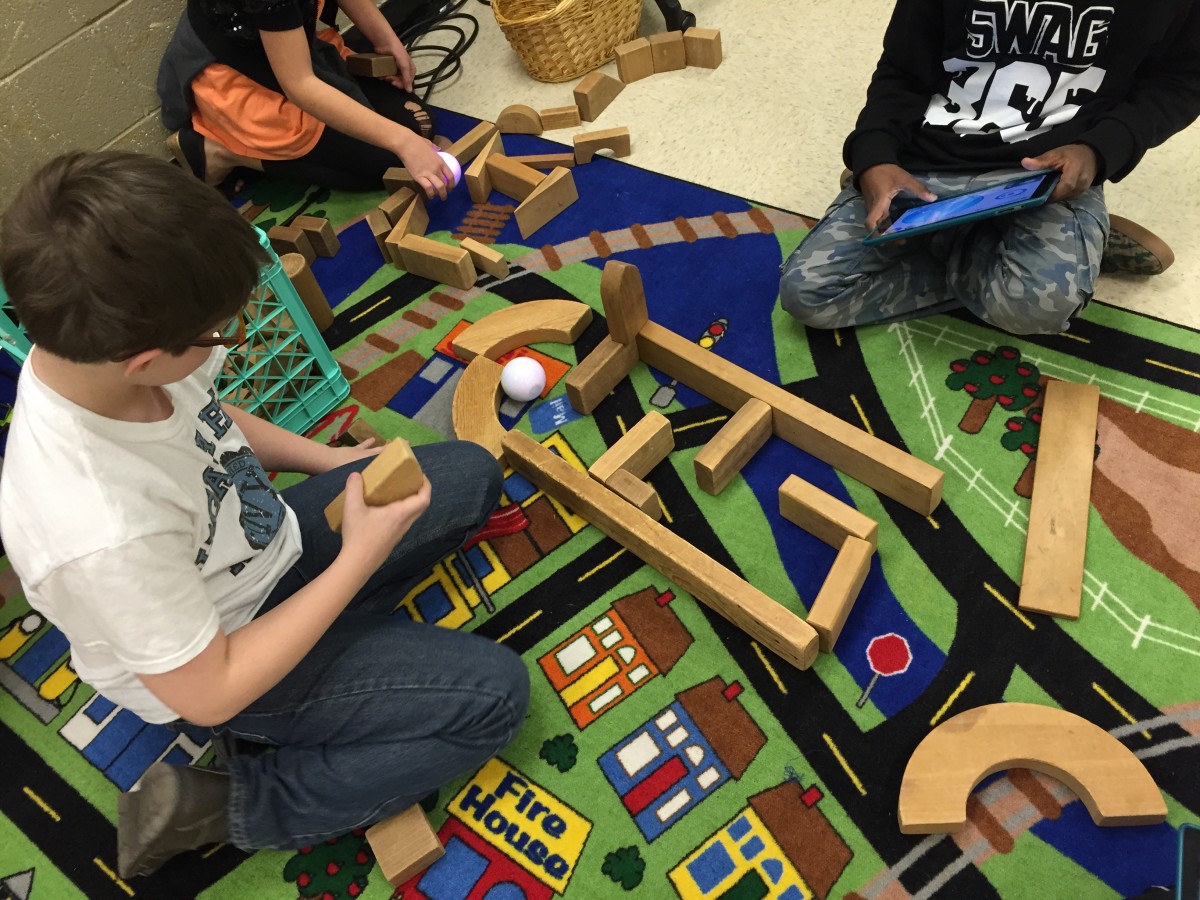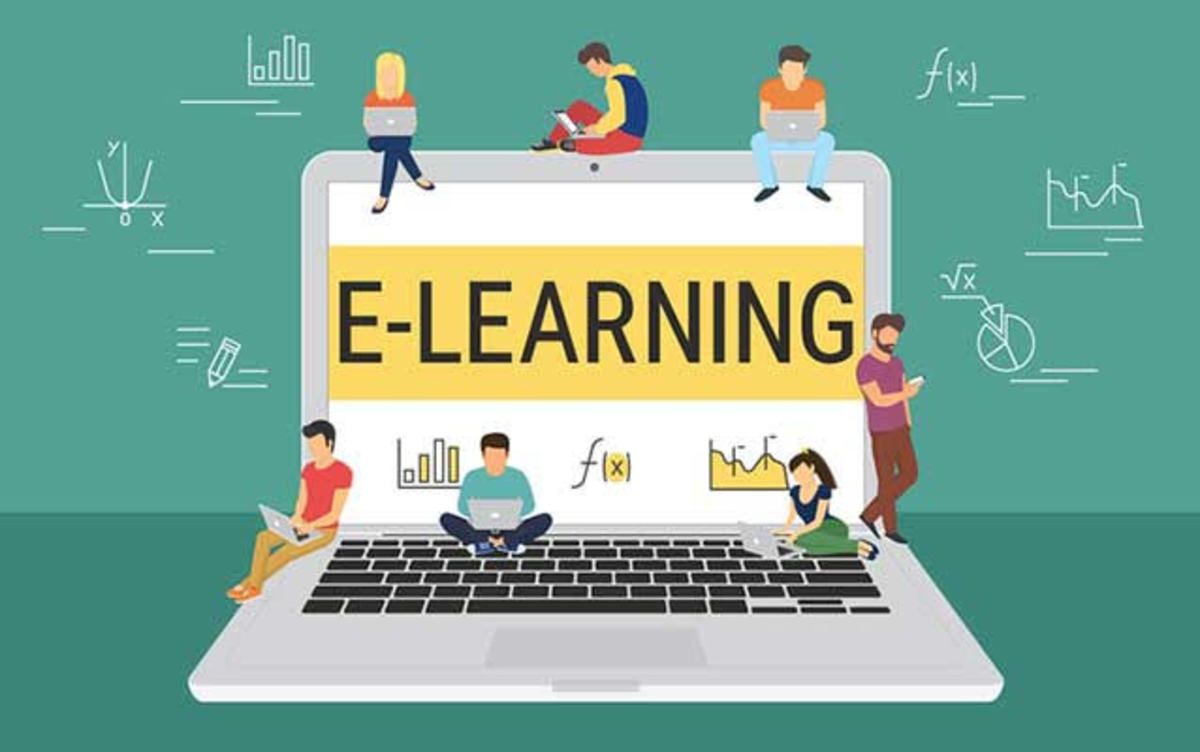Is Online, Web-Based Learning More Cost Effective than Traditional Teaching?

A Review of Web-Based Learning
Here is a comparison of web-based learning and study online with traditional classroom-based learning with a teacher, trainer or instructor standing in front of the class.
We hear a lot these days about online and web-based learning or e-learning but how good is it? In the past many people have been put off by boring, computer-based learning material that was little more than PowerPoint slides.
There is no doubt that without an inspirational teacher in front of you, if the learning material isn't of high quality, then it is all too easy to lose interest and stop learning. This is particularly important in these recessionary times when cash is tight and online learning can be more cost-effective than traditional classroom-based learning.
Finally, we'll also look at the benefits of mixing web-based learning with social networking in order to add student collaboration to the learning mix. For most of us Collaborative Learning is far better than learning alone.
So what do we mean by Traditional Learning?
When I was at school and later, university we generally sat in rows before a teacher or lecturer in a classroom or lecture theatre. The teacher determined the pace of the lesson and did most of the talking while we, the students, listened and took notes. We might occasionally watch video material or overhead slides but the most common visual aid was a white board or, when I was really young, a blackboard (chalk board)!

How does this compare with Web-based Learning?
The first true distance learning was the 'correspondance course' where the student of such subjects as typing or a foreign languages received learning material through the mail.
The Internet changed all that and learning material can now be delivered directly over the web to where ever the student happens to be at the time; even to Starbucks or McDonald's!
Here are some of the benefits of modern e-learning:
- Self-Paced (you can work through the material at your own pace).
- Delivered 24/7 to suit your individual needs and timetable.
- Delivered as many times as you want. This is great for overcoming skill fade. For example, practicing emergency drills which only occur very rarely so aren't experienced in day to day working.
- Choice of learning style. Well designed e-learning can adapt to your learning style and individualise the training offered.
- Built in assessment. You can be assessed as you work through the course. The training material presented can even adapt to your answers. If you are struggling with equations, for example, then the built-in instruction algorithm may deviate into a revision module giving you more help with algebra.
- More cost-effective. E-learning eliminates transport costs to visit a training venue, hotel/accommodation costs and the cost to hire an instructor, trainer or teacher.
- Less time consuming because of zero travel time and instant availability.
- Better for the environment because saves transportation fuel costs plus heating and lighting costs for the school or college.
But there are obviously disadvantages of distance learning too:
- Lack of interaction with a peer group (limited opportunity for collaborative learning)
- Excellent for knowledge-based training but it doesn't work well for practical mental and physical skills (For example, soldering, craft work and skill of hand)
These shortcomings can be overcome by, for example, online universities holding 'summer schools' where online students can meet up, get to know one another and share ideas about the subject being studied or conduct practical exercises.
In Britain we have an organisation called the Open University (OU) which has been around for many years. The OU Summer Schools are infamous for students getting to know one another rather too well after studying alone.
British wives and husbands and significant others should be warned. Don't let your loved one go to a Summer school alone!
Apart from real-world meetings the use of online tutors and social networking sites also help. More on that later.

Benefits of Traditional Teaching
With all these benefits of online learning and e-learning, is traditional learning dead? No of course not:
- Learning directed by a real, experienced individual can be crucial for discipline and ethos. An obvious example of this attitudinal learning is military training. As far as the army is concerned there is no substitute for an experienced soldier in uniform either on the drill square or in front of a class to engender military ethos.
- It can be easier to concentrate in a traditional classroom - particularly if the trainer or lecturer is engaging and enthusiastic!
- In the classroom you can ask questions and get immediate answers and the learning delivered tends to adapt to the needs of the individuals in the class.
- You can also interact with classmates and share ideas (collaborative learning).

And the Disadvantages of Traditional Learning?
It didn't do me any harm when I was growing up but there are obvious disadvantages to this approach:
- It is relatively costly (Think about travel costs to get to the place of learning, accommodation costs, meals, teacher or instructor salaries etc.)
- Only one learning Style. Some people love lectures but many people don't learn well in this setting. Instructor-led learning is a one size fits all solution.
- Pace is fixed. The teacher paces the lesson either to fit the needs of the slowest pupil or inevitably some students will get left behind. Either way some students will not be happy with the outcome.
- No differentiation. This is a term teachers use to indicate learning focused on the individuals needs. While this is an educational ideal it is always difficult to differentiate if you have only one teacher looking after a large class.
- Effective assessment difficult – You either require a traditional exam or some kind of test or assignment. Students increasingly cheat with essays and assignments and an exam isn't a particularly fair form of assessment.
- It doesn’t fit in with modern lifestyles - Today, we have a shorter attention span. There is a tendency to multitask more (think younger generation and mobile phones) and as a result each new generation of teenagers is finding concentration on a traditional lecture increasingly unappealing.
- Lecture is a 'One Shot' solution - After the class you are left with only your notes. If you fell asleep or were sick then it is difficult to recover the educational content of the lesson.
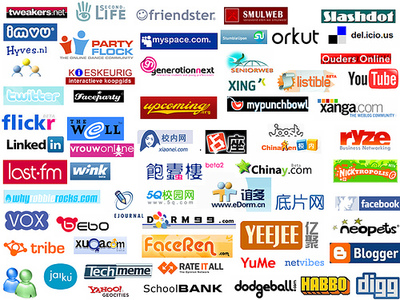

Web 2.0, Social Networking and Online Learning
The best way to deliver online learning but overcome some of the the disadvantages of this medium, is to combine it with social networking and also real-world get togethers. An optimum mix of different media like this is often referred to as Blended Learning.
Social networking, sometimes known as Web 2.0, embraces a wide range of sites including this one (HubPages), Twitter, Facebook and U-Tube. The common feature of these sites is they all allow the users to add content and to interact with others across the globe. This approach, when coupled with e-learning, helps to remove the sense of isolation online learners often experience and enables them to share ideas with fellow learners.
To understand some of the characteristics of social networking sites, consider this site, HubPages:
- It is a writing platform which provides a high ranking with search engines and the opportunity to earn from one's writing (In other words, it is monitorised).
- Although there is no specific learning material here (Self paced learning modules) people learn here from one another about writing, earning money online and using the web generally.
- It provides a platform for social networking via Hub comments and the forums.
- It provides an element of personal ranking for members via both Hub Scores and Hubbers Scores
Ranking is important in informal web-based learning as it helps us to know who's information to trust. I always take more notice of a Hubber I already know and respect or who has a high Hub score and/or lots of hubs as opposed to someone who is very opinionated but has yet to publish their first Hub. I expect fellow Hubbers have already come across some these people in the Hubpages forums!
There is a tremendous amount of wisdom and collective knowledge here at Hubpages but it is only validated by the statistics surrounding the individuals and the quality of their writing content.
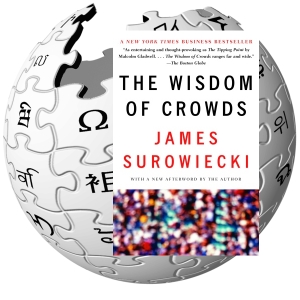
Wisdom of Crowds
This collective wisdom we find in social networking is sometimes known as 'Wisdom of Crowds' and is described in more detail a book written in 2004 by James Surowiecki titled:
The Wisdom of Crowds: Why the Many Are Smarter Than the Few and How Collective Wisdom Shapes Business, Economies, Societies and Nations,
In social networking we find that the whole is greater than the parts – we each earn more at Hub pages because we all collaborate, share and learn together. The ranking of the site reflects our collective content and wisdom.
Other forms of collaboration which can enhance online learning are chat rooms, forums, wikis, blogs and the use of Virtual Worlds such as Second Life as well as real life meet ups such as summer schools.
For more on Secong Life, check out my Introduction to 2nd Life Hub and also my Hub on 2nd Life and Education and Learning.
So, to summarise, to get the best from web-based or online learning (e-learning) we need to add collaboration via social networking or opportunities to meet fellow students 'in the flesh'.

